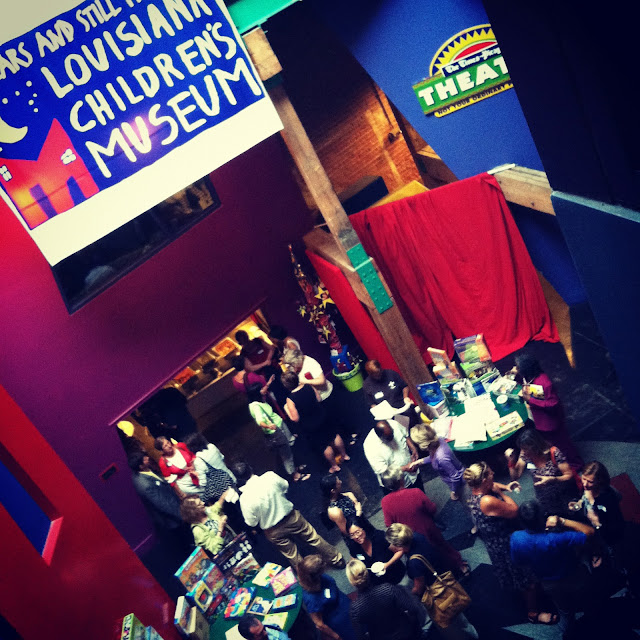I started 4-H as an eleven year old in the 4-H rocketry
project in Santa Barbara County. I fell in love with 4-H and haven’t left
since! Now my professional work at the California State 4-H Office based on the
University of California, Davis campus is to strengthen programs, offer
professional development, develop curriculum, and evaluate efforts related to
4-H science, engineering, and technology. At our core, 4-H science and
engineering programs combine the strengths of experiential education and
inquiry-based science learning with a positive youth development framework that
holistically addresses the developmental and educational needs of young people.
In 2008, California 4-H launched its 4-H Science,
Engineering, and Technology (SET) Initiative to strengthen its SET programs. The
goals of the California 4-H SET Initiative are to improve 4-H members’ understanding
of science and help address the critical need for more scientists and engineers
in the workforce. 4-H SET programs help youth improve their knowledge and
skills around science, engineering, and technology; connect learning with
real-world situations where youth can adopt and use new science methods or
improved technology to solve problems; and, in the long term, increase the
number and diversity of youth pursuing higher education and careers in science,
engineering, and technology fields. Evaluation of our programs demonstrates
that 4-H works! Check out the latest research for California at http://www.ca4h.org/Research/4HPublications/
or nationally at http://www.4-h.org/about/youth-development-research/
I am particularly excited about four 4-H SET programs that
we’ve launched in the last few years.

Water Education: In 2010, California 4-H developed and tested a curriculum
focused on water conservation and quality. The There’s No New Water! curriculum
helps high school-aged youth learn about water resources while improving their
science and environmental literacy. This curriculum has an emphasis on service
learning where youth apply what they’ve learned in the curriculum to address
youth conservation and quality concerns at home, in school, or in their
community. After participating in the curriculum, one youth participant said, “I
learned that we humans alone add a lot of pollution to our water system. We
need to be more careful with what chemicals we use, what we do with garbage,
and other waste. I really don't want to run out of clean water.” Find out more
about There’s No New Water at http://www.4-h.org/resource-library/curriculum/4-h-theres-no-new-water/
 4-H National Youth Science Day: Finally, a national movement- On October 10, 2012, millions of young
people across the nation will become scientists for the day during the fifth
annual 4-H National Youth Science Day (NYSD). NYSD is the premier national
rallying event for year-round 4-H Science programming, bringing together youth,
volunteers and educators from the nation’s land-grant universities to
simultaneously complete the National Science Experiment. In this year's
experiment, the 4-H Eco-Bot Challenge, youth will enhance their engineering
skills by assembling their own Eco-Bots and surface controls to manage an
environmental clean-up. Youth will then test the interaction between the
Eco-Bot’s design features and various surface control configurations to
determine the most effective clean-up solution for the simulated spill. Find
out more at http://www.4-h.org/4-h-national-youth-science-day/
4-H National Youth Science Day: Finally, a national movement- On October 10, 2012, millions of young
people across the nation will become scientists for the day during the fifth
annual 4-H National Youth Science Day (NYSD). NYSD is the premier national
rallying event for year-round 4-H Science programming, bringing together youth,
volunteers and educators from the nation’s land-grant universities to
simultaneously complete the National Science Experiment. In this year's
experiment, the 4-H Eco-Bot Challenge, youth will enhance their engineering
skills by assembling their own Eco-Bots and surface controls to manage an
environmental clean-up. Youth will then test the interaction between the
Eco-Bot’s design features and various surface control configurations to
determine the most effective clean-up solution for the simulated spill. Find
out more at http://www.4-h.org/4-h-national-youth-science-day/








